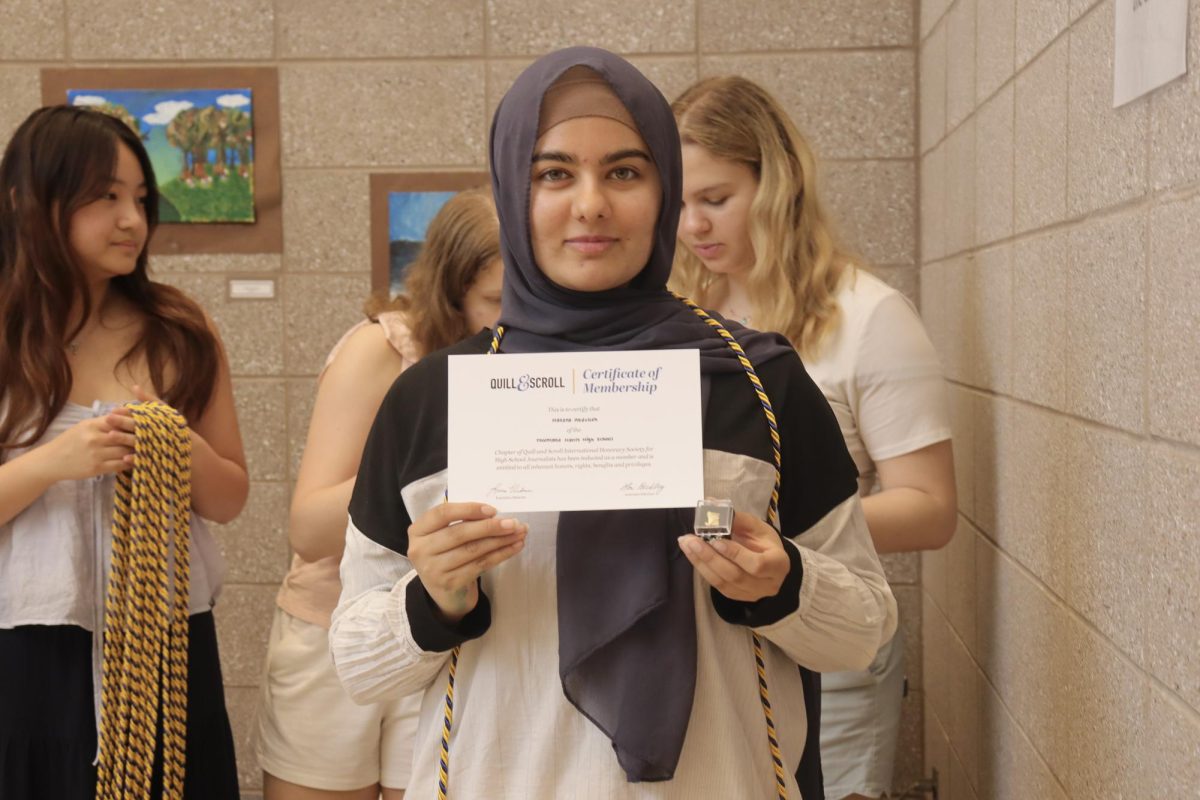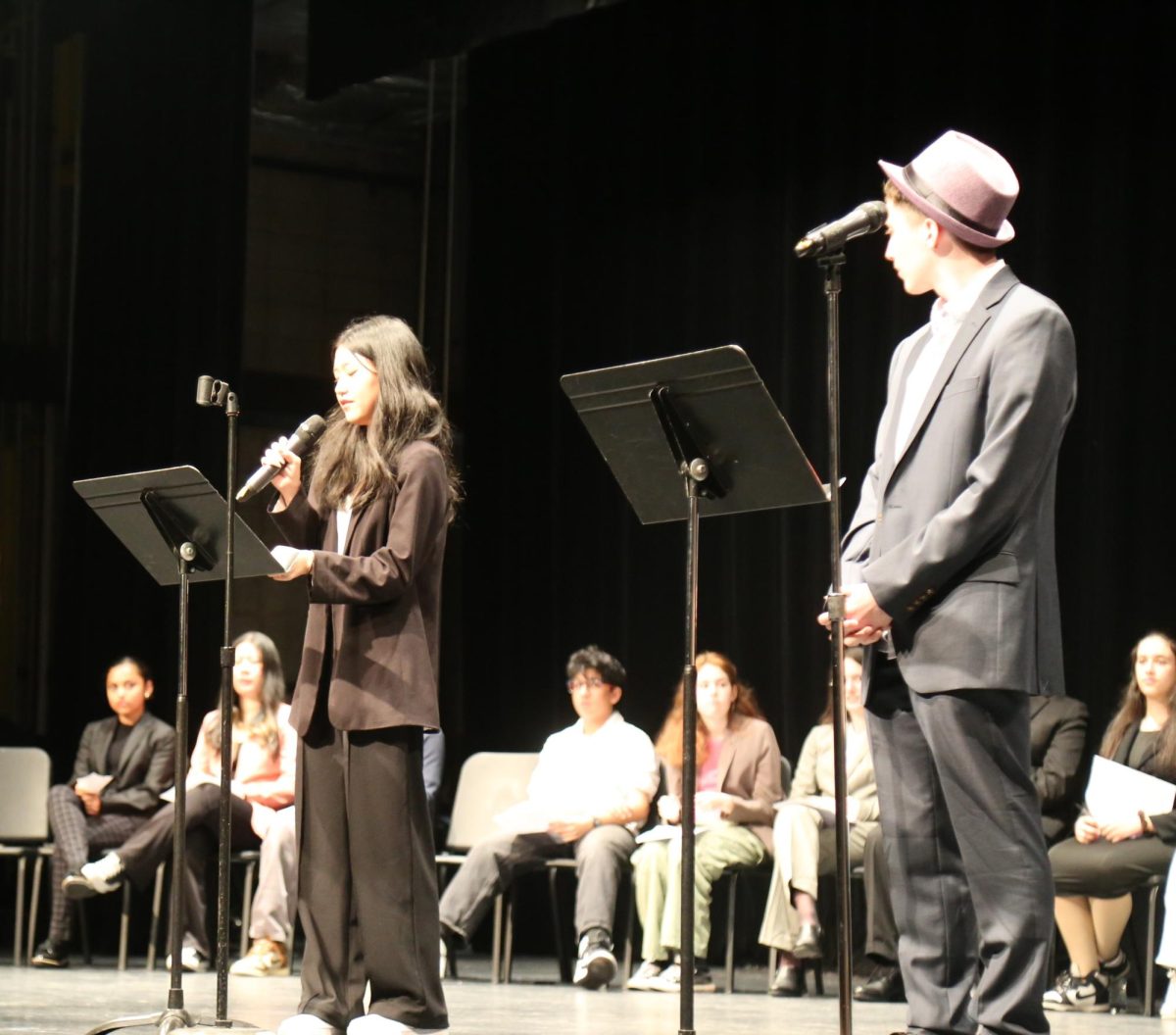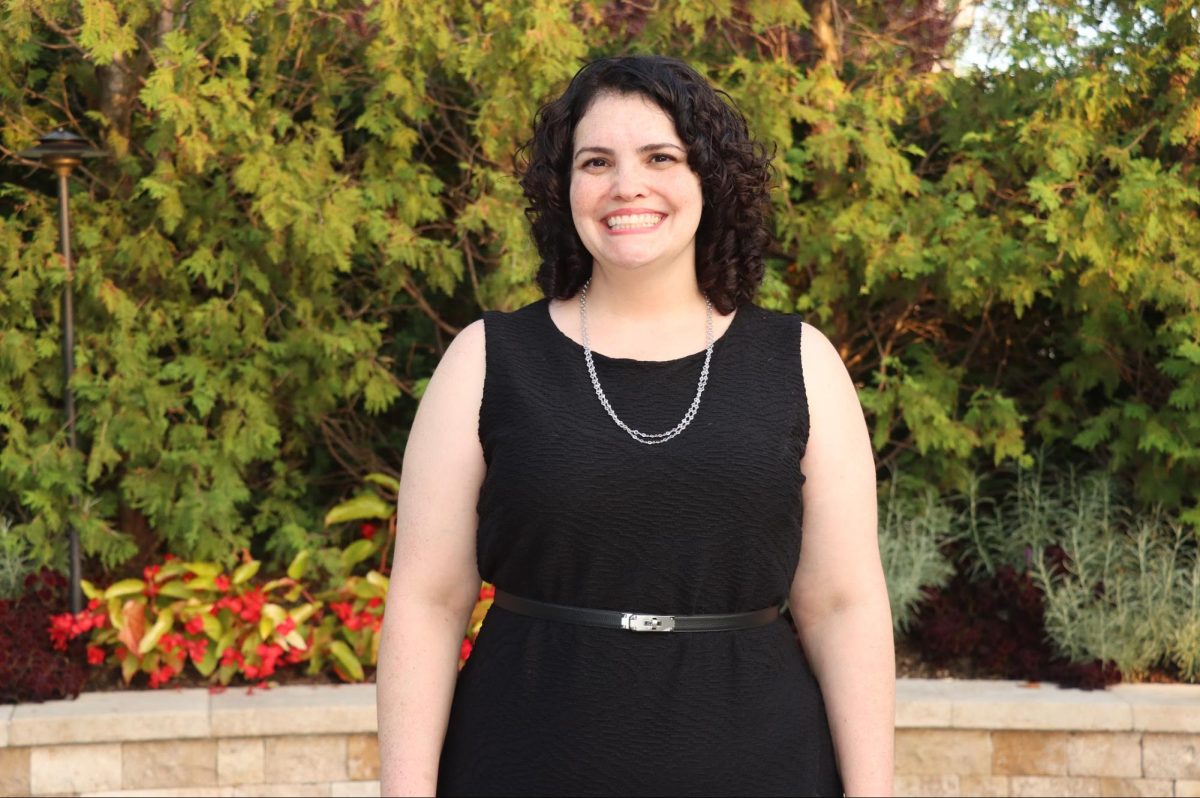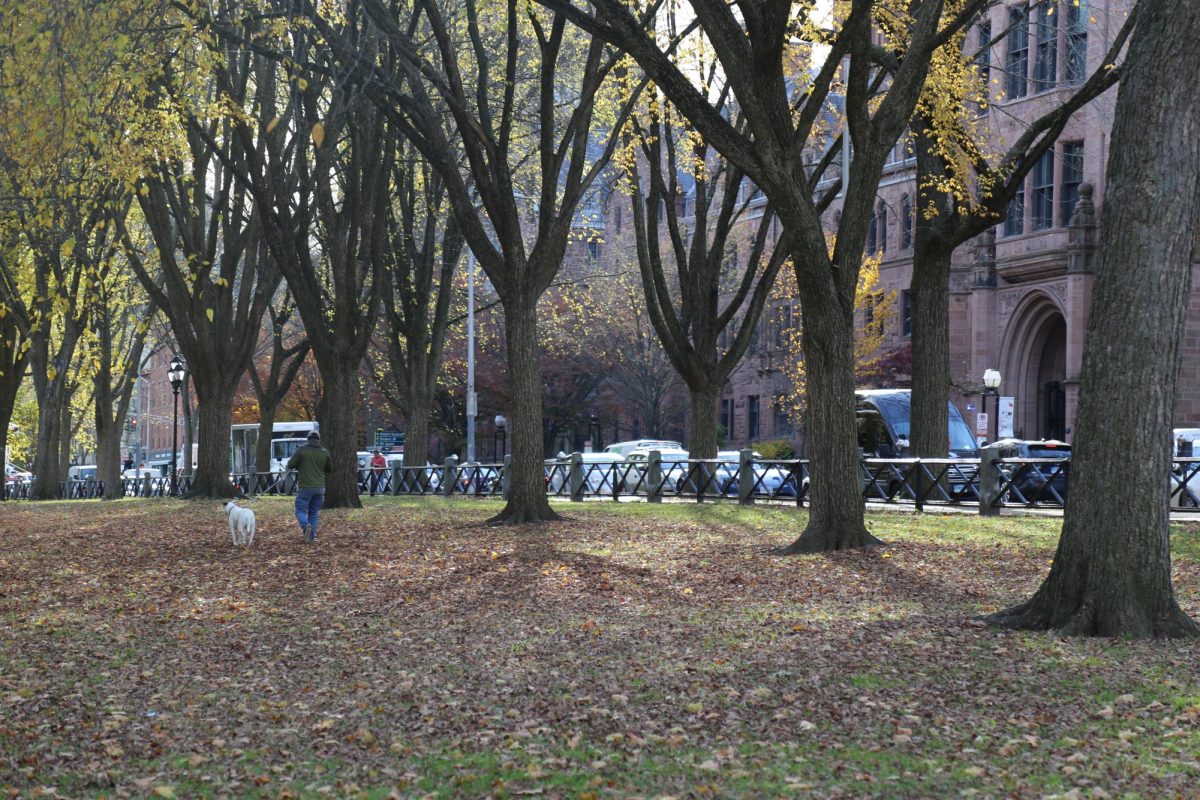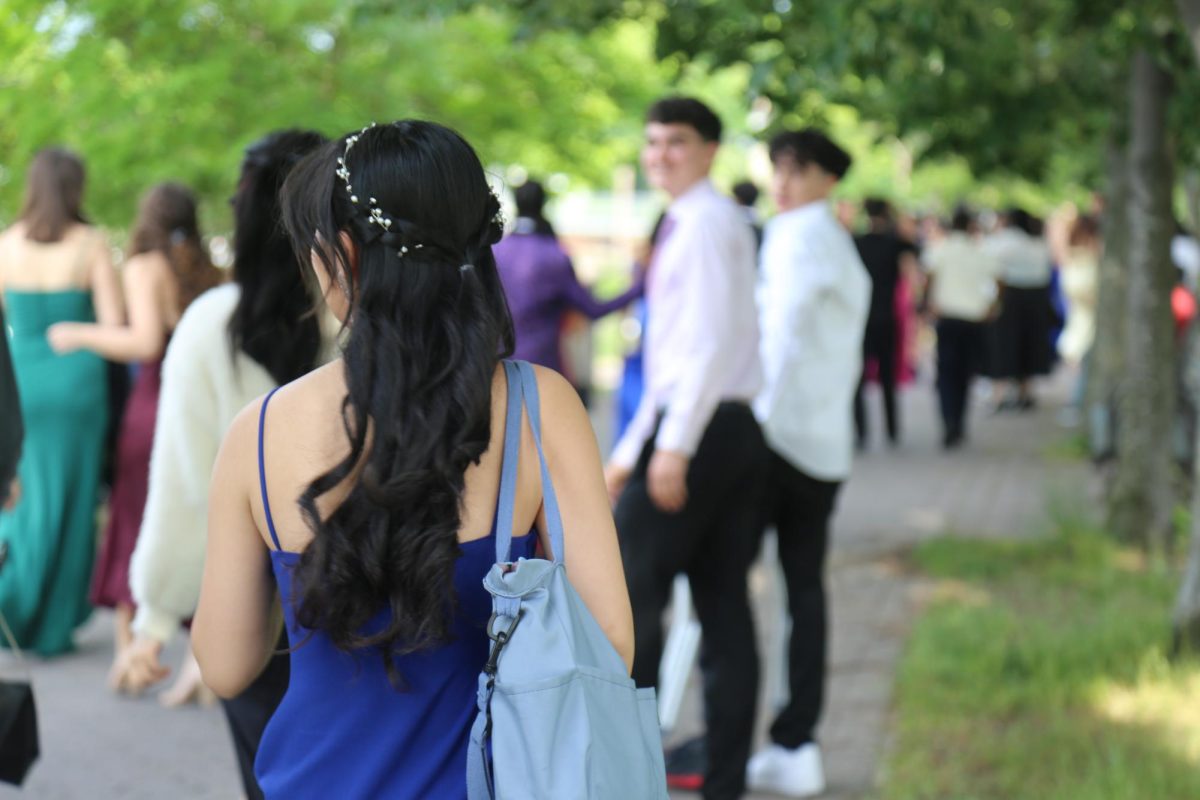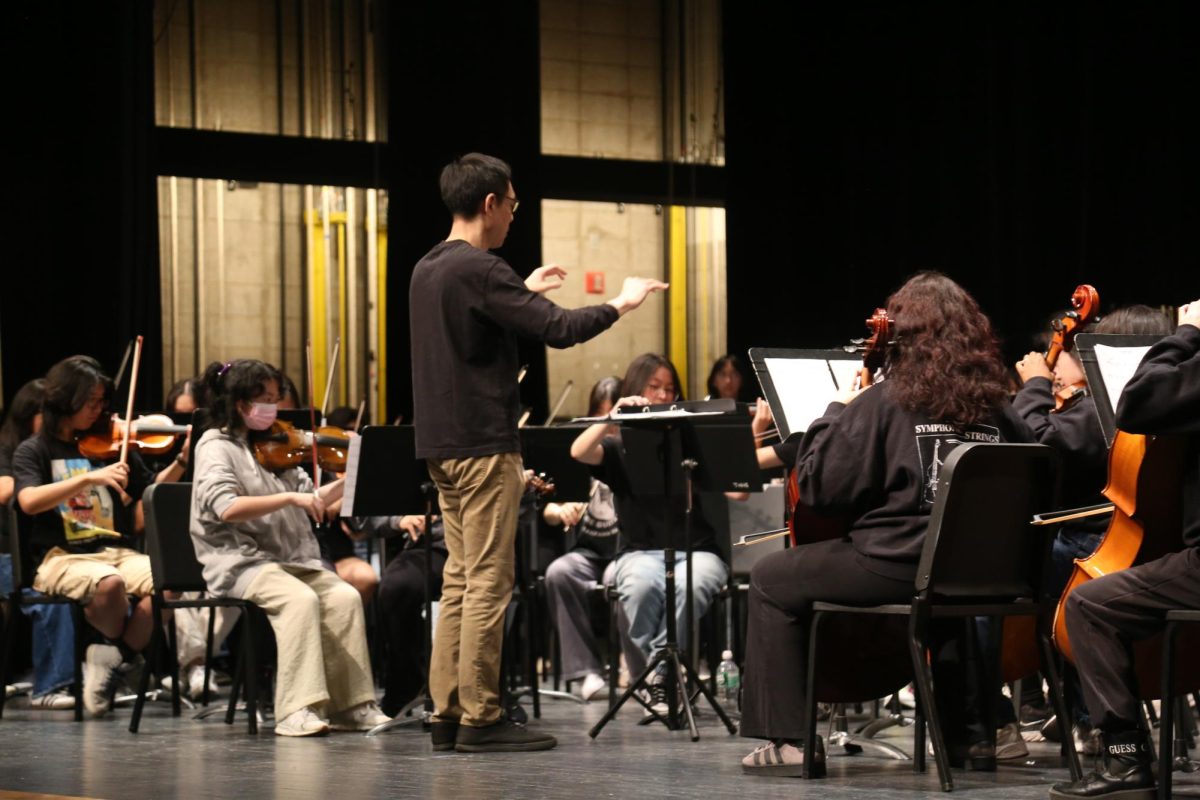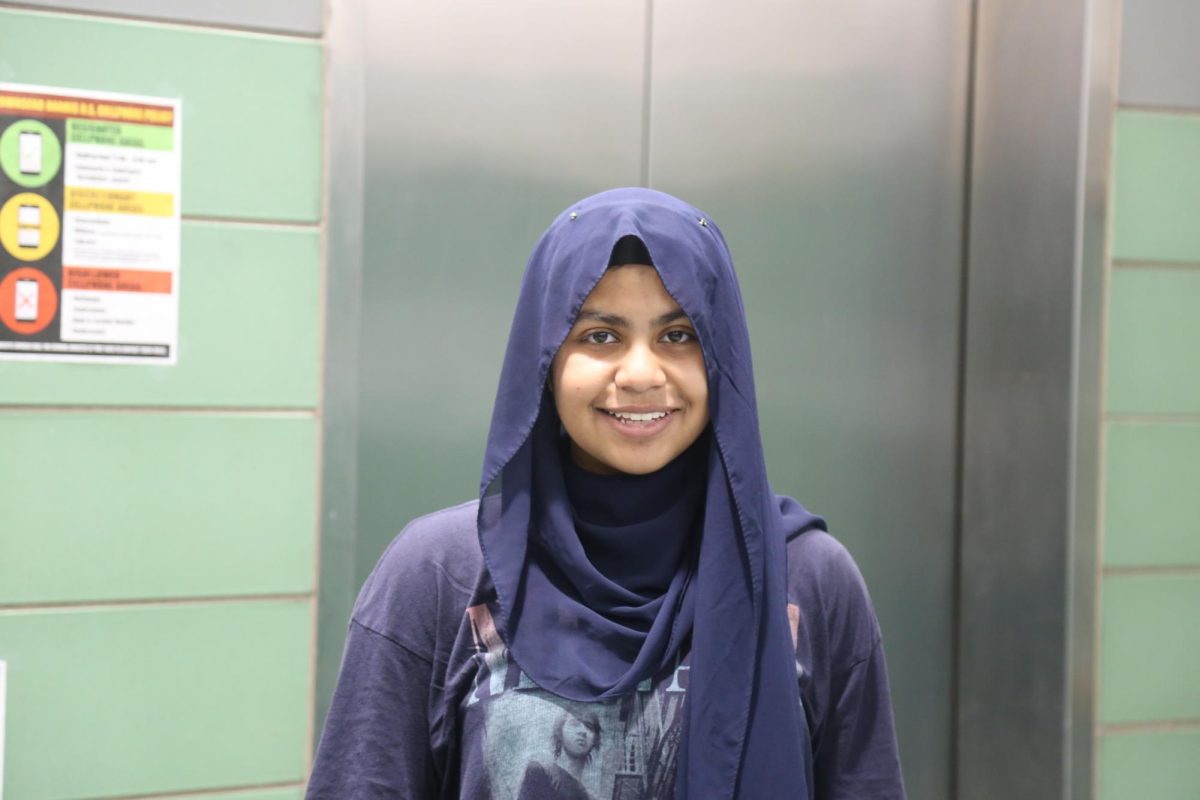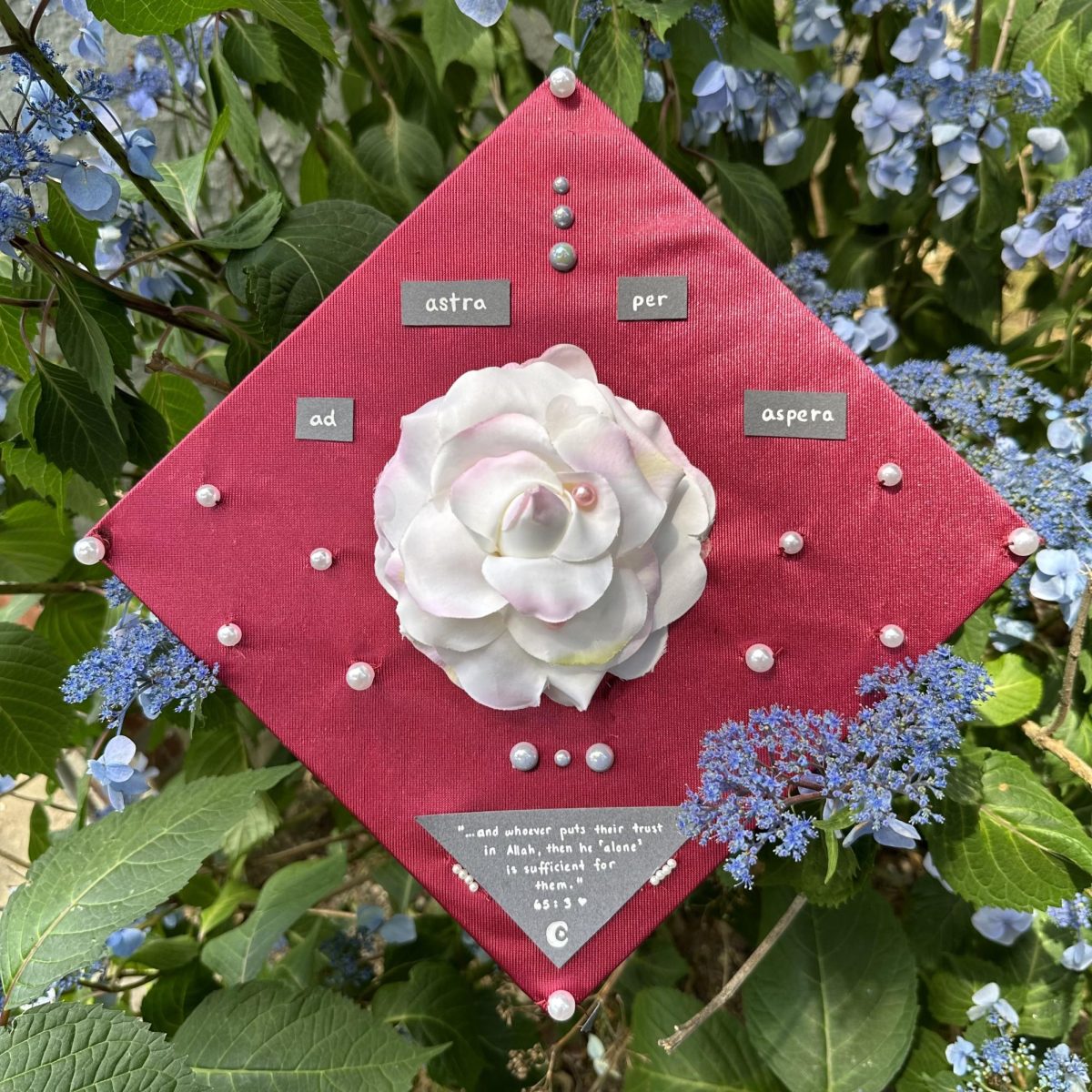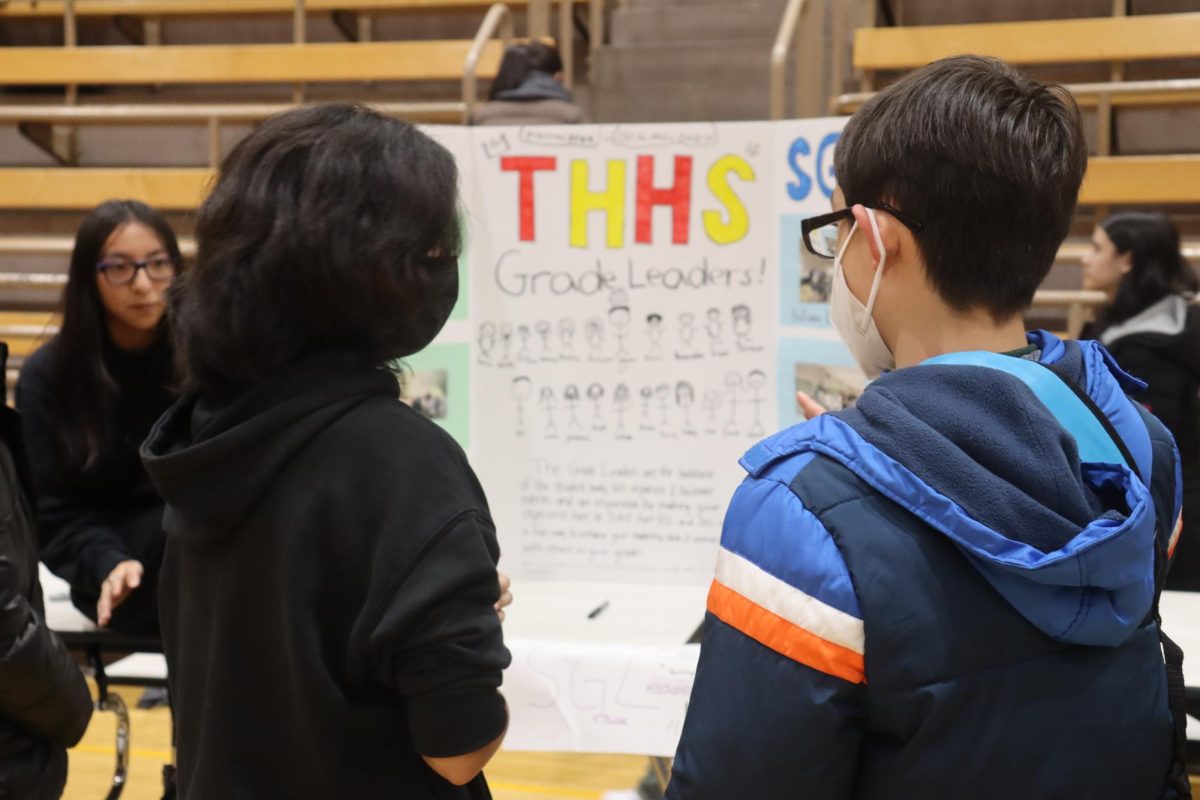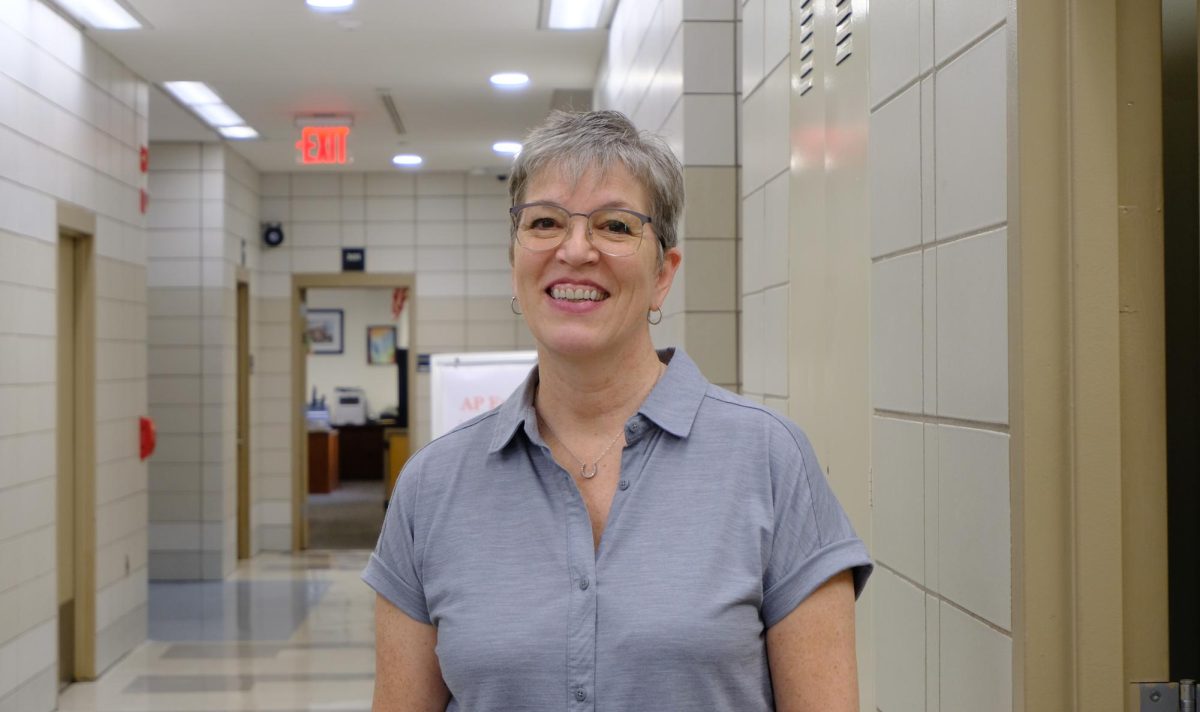
Last month, the Japan Bowl Team at Townsend celebrated yet another victory at the 29th National Japan Bowl. Japan Bowl is an annual global competition hosted by the Japan-America Society of Washington DC (JASWDC). Competing in the event were students from Utah, Wisconsin, and Illinois and countries including Mexico, the UK, and Poland. The competition quizzes it’s contestants on “Japanese culture, society, daily life, history, geography, and current events.”
Like last year, this year’s Japan Bowl went completely digital in light of the pandemic. The competition was hosted on the digital platform Hopin with 36 schools participating, totalling 70 teams and 202 students. THHS entered three teams into Japan Bowl, in levels two, three, and four. The Level two team consisted of sophomores Elaine Hung and Rachel Ly, and they placed second nationally. The Level three team consisted of juniors Betty Guo, Daniel Song, and Monica Yang, and they placed first nationally. The Level four team consisted of juniors Kaitlyn Kuang and Fernando Tandrianto and senior Sharon Jiang, and they placed fifth nationally.
”We have been preparing for the Japan Bowl for between seven to twelve months of the year,” said Japanese teacher and Japan Bowl Coach Mariko Sato. “The students and I do everything we can under the circumstances to prepare for it, which includes making separate groups within the regular class, self and group study, summer study, and after-school meetings.”
There were three rounds to the competition: the preliminary round, the conversation round, and the championship round. For the preliminary round, there were a total of 90 questions, 50 multiple choice and 40 short answer questions, and teammates were allowed to collaborate with each other during this round. For the conversation round, students are paired with competitors of the same level from different teams in order to conduct interviews while a native Japanese speaker observes the conversation. The preliminary round results counted towards qualifications for the championship round, while the conversation round was based on participation.
In the championship round, scores from the preliminary rounds were reset. Since the competition took place digitally this and last year, cell phones were used instead of buzzers and participants’ microphones were required to be kept on at all times. The championship was the only round broadcasted live to public audiences on the JASWDC YouTube channel and consisted of “individual and toss-up questions.”e
For the individual round, participants were randomly “assigned a number 1-9” that determined the order in which they would go. Each participant must come up with one or two sentences using a given Japanese expression within 30 seconds. Sentence and usage of expression was then judged by native Japanese speakers who voted maru (yes) or batsu (no). . The second portion of the championship round, the toss-up round, consisted of a total of 20 questions asked verbally along with an accompanying image or writing displayed on the screen. In this round, students compete to answer the question fastest and most accurately, as determined by the judges. According to sophomore Elaine Hung, who competed in the Level 2 division, she and her teammate Rachel Ly “studied an entire college Japanese textbook, struggled through 1000+ Kanji combinations and 100+ Katakana words, and memorized endless amounts of Quizlet sets and other culture/history material.” Kanji is usually referred to as a Japanese writing system using Chinese characters, whereas katakana is a Japanese letter system that is mainly used for the transcription of words from foreign languages. These are known as loanwords.
Other JPN Bowl members agreed that the workload was heavy and at times extremely stressful. Junior Fernandon Tandrianto said that finding a balance between studying for JPN Bowl, schoolwork, and other extracurricular activities was very difficult at times, especially during March, which was one month before the JPN Bowl competition.
On their success at the competition, THHS’ JPN Bowl team shared their thoughts.
Elaine said, “I remember feeling really doubtful after preliminary rounds because there were many questions Rachel and I answered incorrectly. I had already prepared myself to be disappointed, but Nancy, the announcer, said ‘Townsend Harris High School’ and I was completely shocked. Rachel and I were so happy and proud of each other.”
“I felt very accomplished when Elaine and I were announced second place since it was our first year joining such an intense competition [and it] was fully digital too,” Rachel said.
After placing first for a second year in a row, Daniel said, “I was ecstatic when I found out my team got first place. I was jumping up and down, clapping and shrieking to express how overjoyed I was—first place, two years in a row.”
Monica said, “Honestly, I am very proud of our results. I feel that our hard work has really paid off. I’m sure that my teammates and the other level teams would agree.”
Betty agreed with her teammates, and said that she “felt a mixture of surprise and pride.”
In addition, Elaine and Rachel both agreed that they built a strong friendship during the preparation process. Elaine said, “I built an irreplaceable relationship with Rachel.” Rachel shared the same sentiment, and said, “I remember being on a discord call with Elaine for 5 hrs straight one weekend just to study and be there for each other weeks before the actual competition, we were really close friends and supplemented each other very well.”
Reflecting on the JPN Bowl team’s hard work and growth , Dr. Sato said, “I also encourage Townsend Harris JPB team members to be good citizens who have open eyes for what is going on in the world and who have compassion for others. Being an ‘elite’ means having more responsibility for others, in my opinion.”
Art by Amelia Harrington


